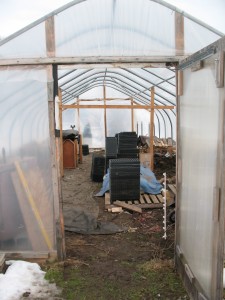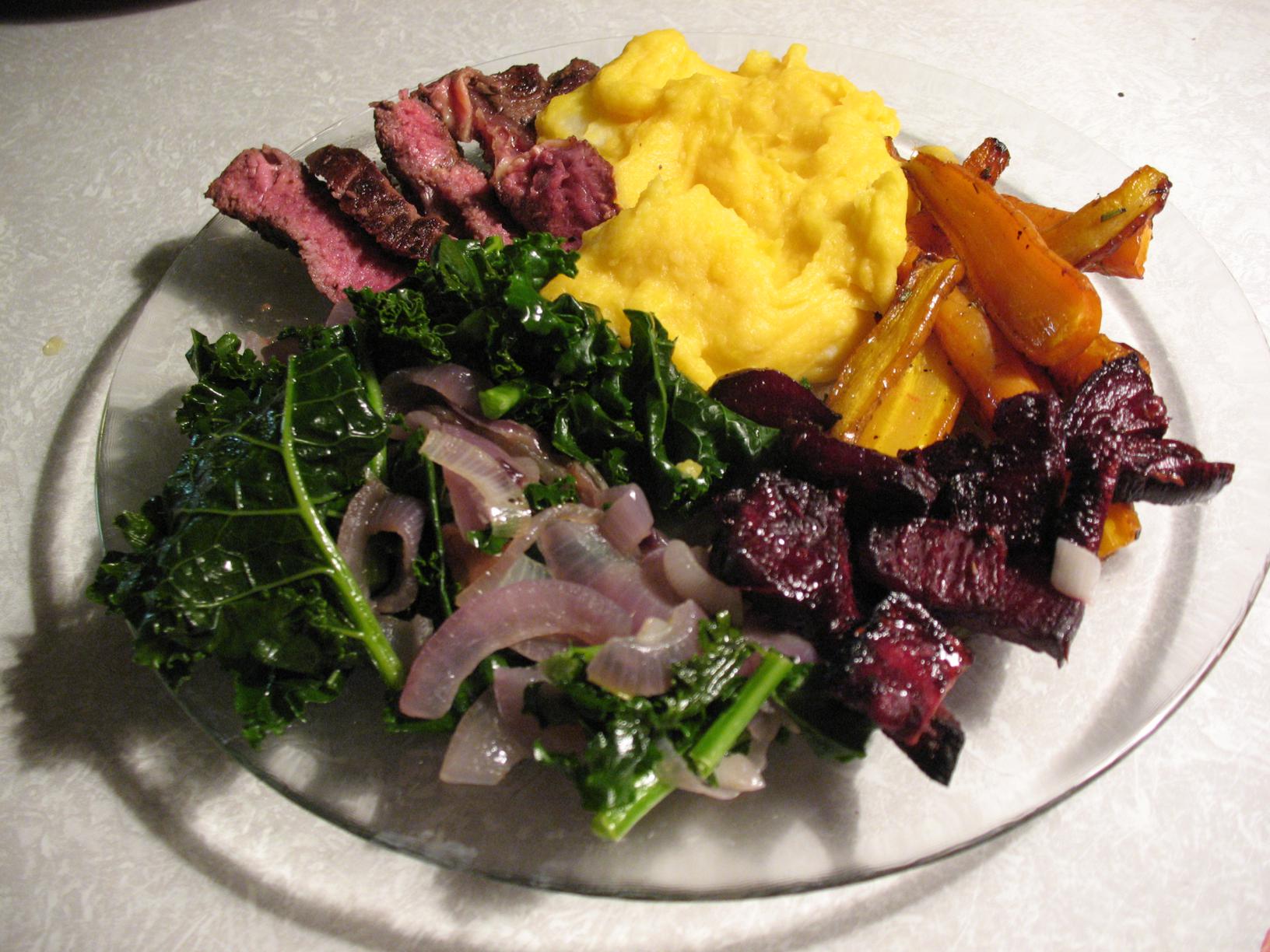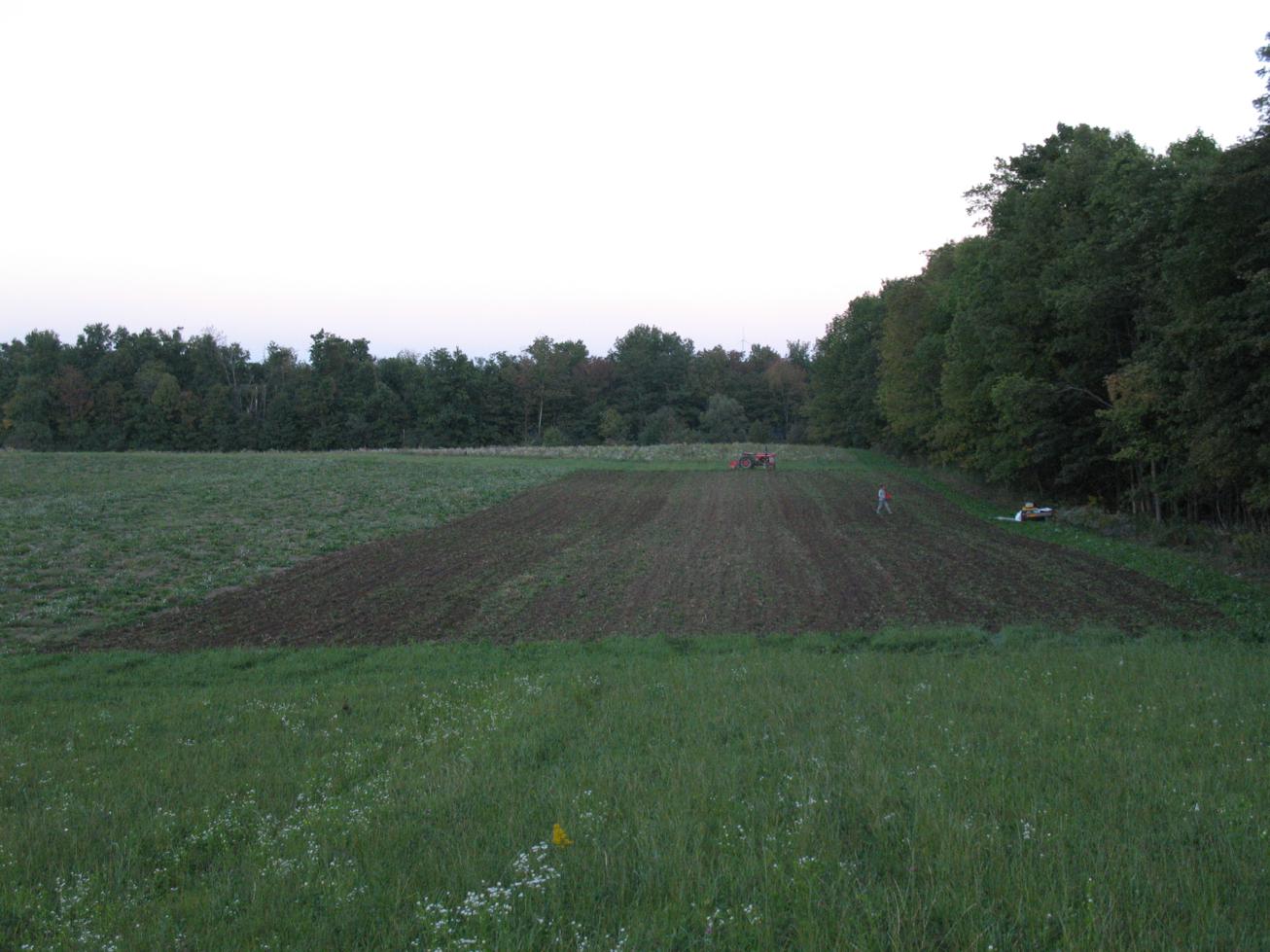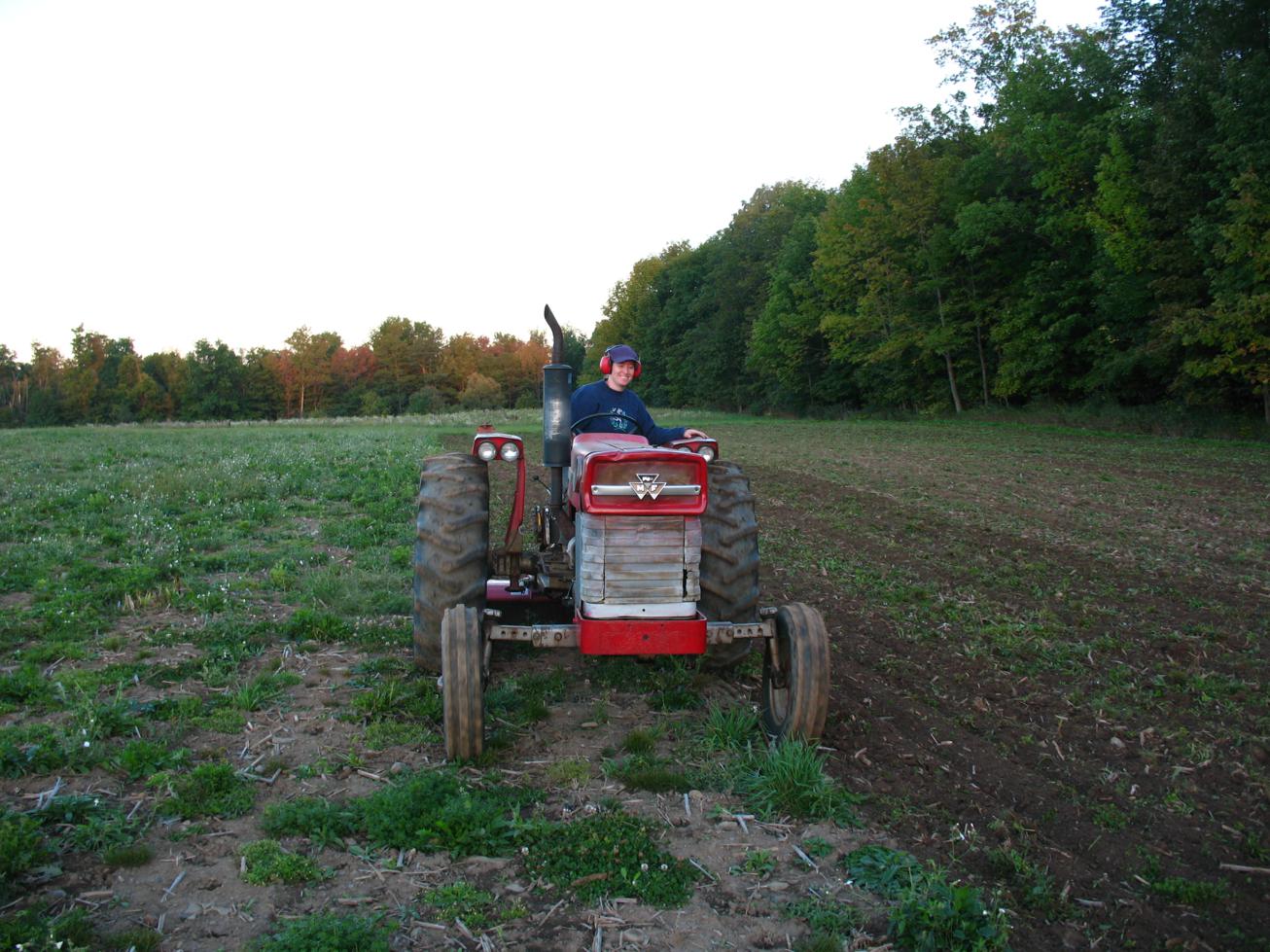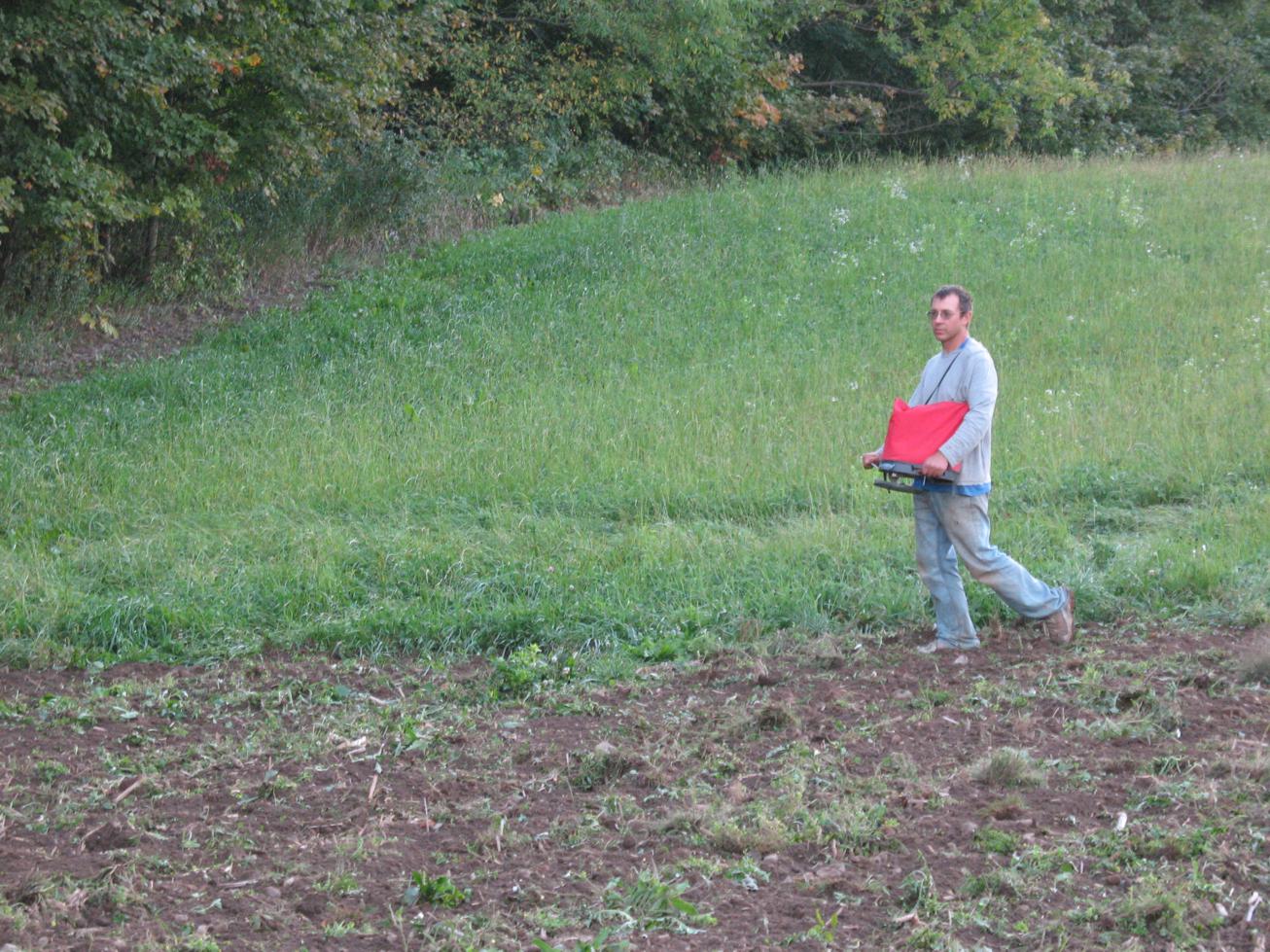Cleaning House!
/It was a busy weekend on the farm as the weather starts breaking. Yesterday, we headed over to NOFA-NY's Syracuse CSA fair and got to meet a lot of great folks. We love seeing how more and more people are getting interested in CSA. We might be biased, but it really is a great way to connect with your local farms and enjoy delicious seasonal food! With today's beautiful days, a bit of the fields are starting to poke out through the snow. (Since we are at 1400 feet elevation, we have a bit longer a thaw than everyone living down in tropical Syracuse or Utica.) Matt used the break in the weather to finish cleaning the greenhouse in preparation for firing it up this week. We have all our trays, seeds, and soil ready--we just have a few more heating system tweaks and we are good to go! I'm working hard to control myself from starting seeds too early. Last year we had such good early growth the plants were ready before the weather was! This year we are waiting an extra 5 to 10 days on our first seeding round.
While Matt played in the greenhouse, I finalized (for the sixth time) our irrigation order (I definitely got the bum end of the deal). Each year I tell myself I'm going to pawn off irrigation planning to a high school algebra class, but each year I forget to do it until midway through the process.
We survived last season with our existing irrigation system, but the severity of the drought definitely made us realize that even though we have a pond, we need to be more frugal with water (since the pond is not limitless). This means changing around our set-up quite a bit, and each change involves solving for a range of variables (flow rates, water pressure, length of the lines, and more). Hopefully we have perfect weather this summer (3 days of sun followed by 1 day with a gentle 3/4" of rain) and don't need all this irrigation, but we want to be prepared just in case!


